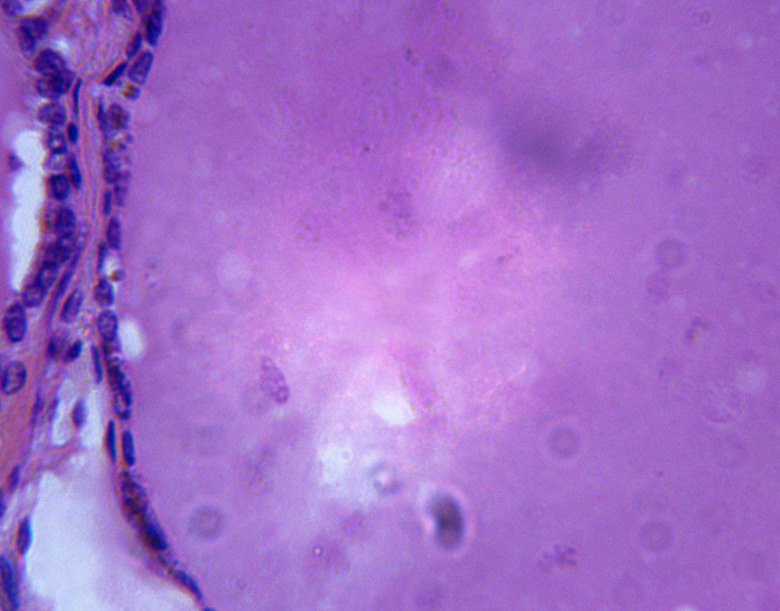What Isotope Is Used To Study The Thyroid Gland?
The thyroid gland synthesizes thyroid hormones, which is used to control various metabolic functions of the body. To make thyroid hormones, the gland needs iodine. As the thyroid is the only part of the body that collects iodine, medical professionals can take advantage of the localized uptake process in medical imaging procedures, using radioactive iodine.
Iodine Isotopes
Iodine Isotopes
The regular non-radioactive iodine isotope has an atomic weight of 127. This includes 74 neutron particles and 53 protons. The type of iodine used for most thyroid imaging is iodine 123, which has the same amount of protons but only 70 neutrons. Another radioactive isotope, iodine 131, is also used medically but on a limited basis because it can damage thyroid cells.
Iodine 123 Radioactivity
Iodine 123 Radioactivity
Any radioactive isotope of an element is constantly breaking down and releasing energy as radioactivity. In the case of iodine 123, gamma radiation is released. Gamma radiation comes from the nucleus of iodine 123 in the form of rays with very small wavelengths and very high energy. The gamma rays can easily pass through the body but do not make any of the tissue radioactive. Radiation from gamma rays can severely damage human tissue and is the primary cause of radiation sickness, but iodine 123 has such a short half-life that tissues are not exposed to excessive gamma rays.
Tracing the Iodine 123
Tracing the Iodine 123
The gamma radiation from the body is picked up by a scanner. The scanner will then show where the iodine 123 is and where it has concentrated. The medical professional can then assess whether the amount of iodine 123 that the thyroid takes up is in the normal range.
Background to the Test
Background to the Test
Iodine 123 has to be swallowed in a pill or liquid before the body takes it up and it collects in the thyroid gland. According to the American Thyroid Association, some people have allergies to iodine-containing substances like contrast dyes used in X-ray tests or seafood, but iodine 123 is safe to ingest for these people. On rare occasions, the much more radioactive isotope Idodine 131 can be used in imaging tests, but iodine 123 is used most often. Iodine 131's primary medical application is to destroy diseased thyroid cells. Neither should be used in pregnant or breastfeeding women, though, as the radioactivity can potentially harm the baby.
Cite This Article
MLA
O'Keeffe, Jillian. "What Isotope Is Used To Study The Thyroid Gland?" sciencing.com, https://www.sciencing.com/isotope-used-study-thyroid-gland-12537/. 24 April 2017.
APA
O'Keeffe, Jillian. (2017, April 24). What Isotope Is Used To Study The Thyroid Gland?. sciencing.com. Retrieved from https://www.sciencing.com/isotope-used-study-thyroid-gland-12537/
Chicago
O'Keeffe, Jillian. What Isotope Is Used To Study The Thyroid Gland? last modified March 24, 2022. https://www.sciencing.com/isotope-used-study-thyroid-gland-12537/
